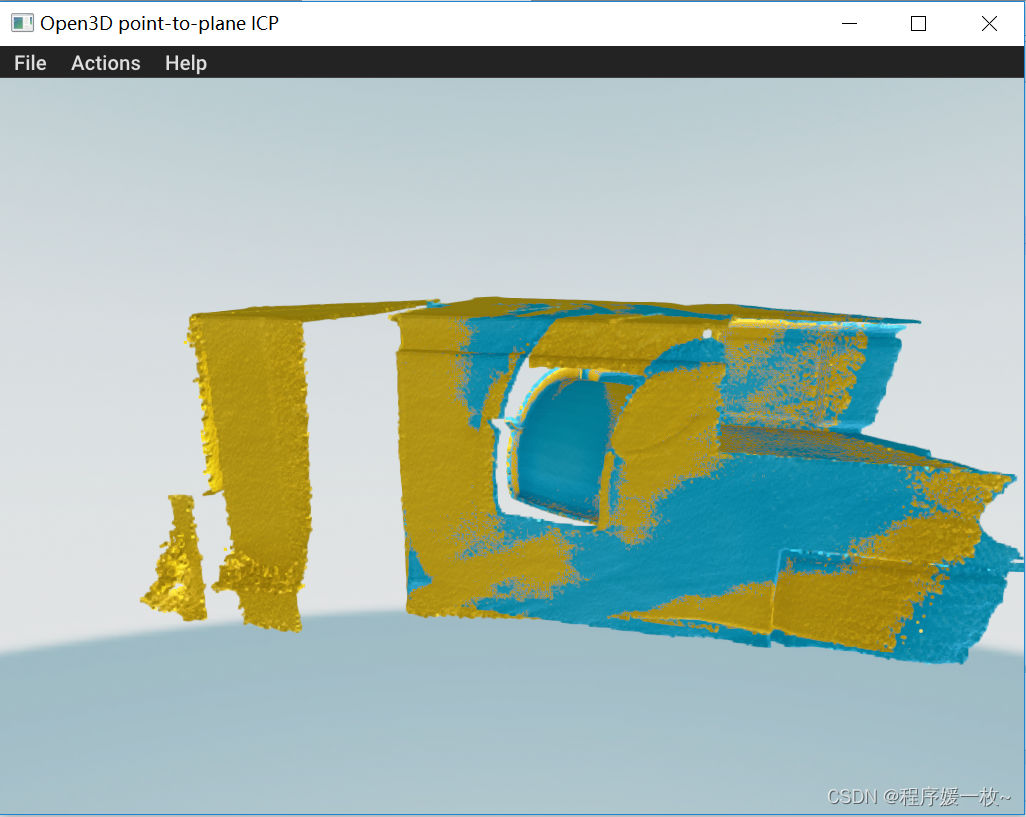如果是自己来写这部分代码的话,真的是很容易,如果这个框架中有自带的backbone结构的话,那可以从其他地方找到对应的pytorch版本实现,或者自己写。
配置部分在configs/_base_/models目录下,具体实现在mmdet/models/backbone目录下。
1.configs
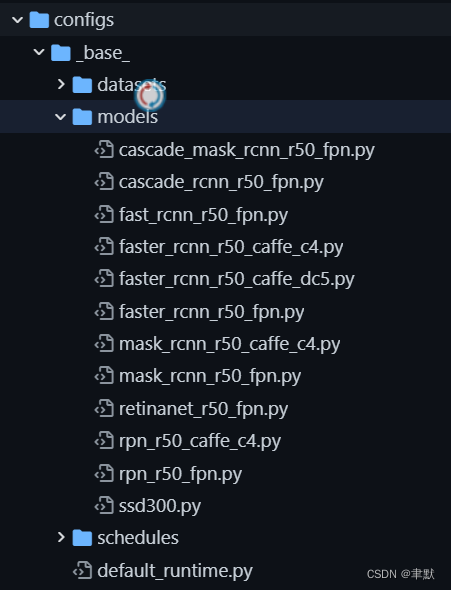
我们看下yolox的backbone吧。https://github.com/open-mmlab/mmdetection/blob/master/configs/yolox/yolox_s_8x8_300e_coco.py
backbone=dict(type='CSPDarknet', deepen_factor=0.33, widen_factor=0.5),
2.具体实现
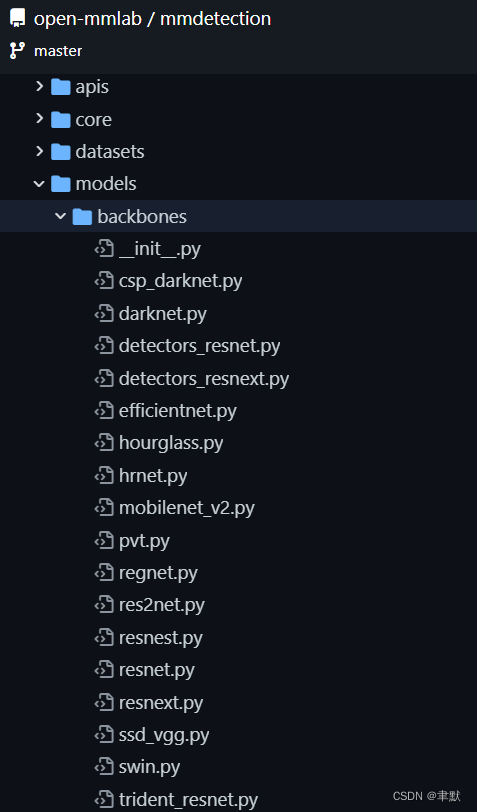
具体实现,去找CSPDarknet这个类:
https://github.com/open-mmlab/mmdetection/blob/master/mmdet/models/backbones/csp_darknet.py#L124
@BACKBONES.register_module()
class CSPDarknet(BaseModule):
"""CSP-Darknet backbone used in YOLOv5 and YOLOX.
Args:
arch (str): Architecture of CSP-Darknet, from {P5, P6}.
Default: P5.
deepen_factor (float): Depth multiplier, multiply number of
blocks in CSP layer by this amount. Default: 1.0.
widen_factor (float): Width multiplier, multiply number of
channels in each layer by this amount. Default: 1.0.
out_indices (Sequence[int]): Output from which stages.
Default: (2, 3, 4).
frozen_stages (int): Stages to be frozen (stop grad and set eval
mode). -1 means not freezing any parameters. Default: -1.
use_depthwise (bool): Whether to use depthwise separable convolution.
Default: False.
arch_ovewrite(list): Overwrite default arch settings. Default: None.
spp_kernal_sizes: (tuple[int]): Sequential of kernel sizes of SPP
layers. Default: (5, 9, 13).
conv_cfg (dict): Config dict for convolution layer. Default: None.
norm_cfg (dict): Dictionary to construct and config norm layer.
Default: dict(type='BN', requires_grad=True).
act_cfg (dict): Config dict for activation layer.
Default: dict(type='LeakyReLU', negative_slope=0.1).
norm_eval (bool): Whether to set norm layers to eval mode, namely,
freeze running stats (mean and var). Note: Effect on Batch Norm
and its variants only.
init_cfg (dict or list[dict], optional): Initialization config dict.
Default: None.
Example:
>>> from mmdet.models import CSPDarknet
>>> import torch
>>> self = CSPDarknet(depth=53)
>>> self.eval()
>>> inputs = torch.rand(1, 3, 416, 416)
>>> level_outputs = self.forward(inputs)
>>> for level_out in level_outputs:
... print(tuple(level_out.shape))
...
(1, 256, 52, 52)
(1, 512, 26, 26)
(1, 1024, 13, 13)
"""
# From left to right:
# in_channels, out_channels, num_blocks, add_identity, use_spp
arch_settings = {
'P5': [[64, 128, 3, True, False], [128, 256, 9, True, False],
[256, 512, 9, True, False], [512, 1024, 3, False, True]],
'P6': [[64, 128, 3, True, False], [128, 256, 9, True, False],
[256, 512, 9, True, False], [512, 768, 3, True, False],
[768, 1024, 3, False, True]]
}
def __init__(self,
arch='P5',
deepen_factor=1.0,
widen_factor=1.0,
out_indices=(2, 3, 4),
frozen_stages=-1,
use_depthwise=False,
arch_ovewrite=None,
spp_kernal_sizes=(5, 9, 13),
conv_cfg=None,
norm_cfg=dict(type='BN', momentum=0.03, eps=0.001),
act_cfg=dict(type='Swish'),
norm_eval=False,
init_cfg=dict(
type='Kaiming',
layer='Conv2d',
a=math.sqrt(5),
distribution='uniform',
mode='fan_in',
nonlinearity='leaky_relu')):
super().__init__(init_cfg)
arch_setting = self.arch_settings[arch]
if arch_ovewrite:
arch_setting = arch_ovewrite
assert set(out_indices).issubset(
i for i in range(len(arch_setting) + 1))
if frozen_stages not in range(-1, len(arch_setting) + 1):
raise ValueError('frozen_stages must be in range(-1, '
'len(arch_setting) + 1). But received '
f'{frozen_stages}')
self.out_indices = out_indices
self.frozen_stages = frozen_stages
self.use_depthwise = use_depthwise
self.norm_eval = norm_eval
conv = DepthwiseSeparableConvModule if use_depthwise else ConvModule
self.stem = Focus(
3,
int(arch_setting[0][0] * widen_factor),
kernel_size=3,
conv_cfg=conv_cfg,
norm_cfg=norm_cfg,
act_cfg=act_cfg)
self.layers = ['stem']
for i, (in_channels, out_channels, num_blocks, add_identity,
use_spp) in enumerate(arch_setting):
in_channels = int(in_channels * widen_factor)
out_channels = int(out_channels * widen_factor)
num_blocks = max(round(num_blocks * deepen_factor), 1)
stage = []
conv_layer = conv(
in_channels,
out_channels,
3,
stride=2,
padding=1,
conv_cfg=conv_cfg,
norm_cfg=norm_cfg,
act_cfg=act_cfg)
stage.append(conv_layer)
if use_spp:
spp = SPPBottleneck(
out_channels,
out_channels,
kernel_sizes=spp_kernal_sizes,
conv_cfg=conv_cfg,
norm_cfg=norm_cfg,
act_cfg=act_cfg)
stage.append(spp)
csp_layer = CSPLayer(
out_channels,
out_channels,
num_blocks=num_blocks,
add_identity=add_identity,
use_depthwise=use_depthwise,
conv_cfg=conv_cfg,
norm_cfg=norm_cfg,
act_cfg=act_cfg)
stage.append(csp_layer)
self.add_module(f'stage{i + 1}', nn.Sequential(*stage))
self.layers.append(f'stage{i + 1}')
def _freeze_stages(self):
if self.frozen_stages >= 0:
for i in range(self.frozen_stages + 1):
m = getattr(self, self.layers[i])
m.eval()
for param in m.parameters():
param.requires_grad = False
def train(self, mode=True):
super(CSPDarknet, self).train(mode)
self._freeze_stages()
if mode and self.norm_eval:
for m in self.modules():
if isinstance(m, _BatchNorm):
m.eval()
def forward(self, x):
outs = []
for i, layer_name in enumerate(self.layers):
layer = getattr(self, layer_name)
x = layer(x)
if i in self.out_indices:
outs.append(x)
return tuple(outs)
3.如何调用的?
3.1 注册
注册创建类名字典。
@BACKBONES.register_module()
3.2 调用
即以字典中的类名,进行类的实例化。
由于backbone是包在models里面的,所以去看YOLOX这个类。
https://github.com/open-mmlab/mmdetection/blob/master/mmdet/models/detectors/yolox.py#L15
@DETECTORS.register_module()
class YOLOX(SingleStageDetector):
r"""Implementation of `YOLOX: Exceeding YOLO Series in 2021
<https://arxiv.org/abs/2107.08430>`_
Note: Considering the trade-off between training speed and accuracy,
multi-scale training is temporarily kept. More elegant implementation
will be adopted in the future.
Args:
backbone (nn.Module): The backbone module.
neck (nn.Module): The neck module.
bbox_head (nn.Module): The bbox head module.
train_cfg (obj:`ConfigDict`, optional): The training config
of YOLOX. Default: None.
test_cfg (obj:`ConfigDict`, optional): The testing config
of YOLOX. Default: None.
pretrained (str, optional): model pretrained path.
Default: None.
input_size (tuple): The model default input image size. The shape
order should be (height, width). Default: (640, 640).
size_multiplier (int): Image size multiplication factor.
Default: 32.
random_size_range (tuple): The multi-scale random range during
multi-scale training. The real training image size will
be multiplied by size_multiplier. Default: (15, 25).
random_size_interval (int): The iter interval of change
image size. Default: 10.
init_cfg (dict, optional): Initialization config dict.
Default: None.
"""
def __init__(self,
backbone,
neck,
bbox_head,
train_cfg=None,
test_cfg=None,
pretrained=None,
input_size=(640, 640),
size_multiplier=32,
random_size_range=(15, 25),
random_size_interval=10,
init_cfg=None):
super(YOLOX, self).__init__(backbone, neck, bbox_head, train_cfg,
test_cfg, pretrained, init_cfg)
log_img_scale(input_size, skip_square=True)
self.rank, self.world_size = get_dist_info()
self._default_input_size = input_size
self._input_size = input_size
self._random_size_range = random_size_range
self._random_size_interval = random_size_interval
self._size_multiplier = size_multiplier
self._progress_in_iter = 0
def forward_train(self,
img,
img_metas,
gt_bboxes,
gt_labels,
gt_bboxes_ignore=None):
"""
Args:
img (Tensor): Input images of shape (N, C, H, W).
Typically these should be mean centered and std scaled.
img_metas (list[dict]): A List of image info dict where each dict
has: 'img_shape', 'scale_factor', 'flip', and may also contain
'filename', 'ori_shape', 'pad_shape', and 'img_norm_cfg'.
For details on the values of these keys see
:class:`mmdet.datasets.pipelines.Collect`.
gt_bboxes (list[Tensor]): Each item are the truth boxes for each
image in [tl_x, tl_y, br_x, br_y] format.
gt_labels (list[Tensor]): Class indices corresponding to each box
gt_bboxes_ignore (None | list[Tensor]): Specify which bounding
boxes can be ignored when computing the loss.
Returns:
dict[str, Tensor]: A dictionary of loss components.
"""
# Multi-scale training
img, gt_bboxes = self._preprocess(img, gt_bboxes)
losses = super(YOLOX, self).forward_train(img, img_metas, gt_bboxes,
gt_labels, gt_bboxes_ignore)
# random resizing
if (self._progress_in_iter + 1) % self._random_size_interval == 0:
self._input_size = self._random_resize(device=img.device)
self._progress_in_iter += 1
return losses
def _preprocess(self, img, gt_bboxes):
scale_y = self._input_size[0] / self._default_input_size[0]
scale_x = self._input_size[1] / self._default_input_size[1]
if scale_x != 1 or scale_y != 1:
img = F.interpolate(
img,
size=self._input_size,
mode='bilinear',
align_corners=False)
for gt_bbox in gt_bboxes:
gt_bbox[..., 0::2] = gt_bbox[..., 0::2] * scale_x
gt_bbox[..., 1::2] = gt_bbox[..., 1::2] * scale_y
return img, gt_bboxes
def _random_resize(self, device):
tensor = torch.LongTensor(2).to(device)
if self.rank == 0:
size = random.randint(*self._random_size_range)
aspect_ratio = float(
self._default_input_size[1]) / self._default_input_size[0]
size = (self._size_multiplier * size,
self._size_multiplier * int(aspect_ratio * size))
tensor[0] = size[0]
tensor[1] = size[1]
if self.world_size > 1:
dist.barrier()
dist.broadcast(tensor, 0)
input_size = (tensor[0].item(), tensor[1].item())
return input_size
发现并不容易看出backbone的部分,然后去找其基类SingleStageDetector中的代码段,通过获取注册字典中的CSPDarknet:
self.backbone = build_backbone(backbone)https://github.com/open-mmlab/mmdetection/blob/31c84958f54287a8be2b99cbf87a6dcf12e57753/mmdet/models/detectors/single_stage.py#L12
class SingleStageDetector(BaseDetector):
"""Base class for single-stage detectors.
Single-stage detectors directly and densely predict bounding boxes on the
output features of the backbone+neck.
"""
def __init__(self,
backbone,
neck=None,
bbox_head=None,
train_cfg=None,
test_cfg=None,
pretrained=None,
init_cfg=None):
super(SingleStageDetector, self).__init__(init_cfg)
if pretrained:
warnings.warn('DeprecationWarning: pretrained is deprecated, '
'please use "init_cfg" instead')
backbone.pretrained = pretrained
self.backbone = build_backbone(backbone)
if neck is not None:
self.neck = build_neck(neck)
bbox_head.update(train_cfg=train_cfg)
bbox_head.update(test_cfg=test_cfg)
self.bbox_head = build_head(bbox_head)
self.train_cfg = train_cfg
self.test_cfg = test_cfg
def extract_feat(self, img):
"""Directly extract features from the backbone+neck."""
x = self.backbone(img)
if self.with_neck:
x = self.neck(x)
return x
def forward_dummy(self, img):
"""Used for computing network flops.
See `mmdetection/tools/analysis_tools/get_flops.py`
"""
x = self.extract_feat(img)
outs = self.bbox_head(x)
return outs
def forward_train(self,
img,
img_metas,
gt_bboxes,
gt_labels,
gt_bboxes_ignore=None):
"""
Args:
img (Tensor): Input images of shape (N, C, H, W).
Typically these should be mean centered and std scaled.
img_metas (list[dict]): A List of image info dict where each dict
has: 'img_shape', 'scale_factor', 'flip', and may also contain
'filename', 'ori_shape', 'pad_shape', and 'img_norm_cfg'.
For details on the values of these keys see
:class:`mmdet.datasets.pipelines.Collect`.
gt_bboxes (list[Tensor]): Each item are the truth boxes for each
image in [tl_x, tl_y, br_x, br_y] format.
gt_labels (list[Tensor]): Class indices corresponding to each box
gt_bboxes_ignore (None | list[Tensor]): Specify which bounding
boxes can be ignored when computing the loss.
Returns:
dict[str, Tensor]: A dictionary of loss components.
"""
super(SingleStageDetector, self).forward_train(img, img_metas)
x = self.extract_feat(img)
losses = self.bbox_head.forward_train(x, img_metas, gt_bboxes,
gt_labels, gt_bboxes_ignore)
return losses
def simple_test(self, img, img_metas, rescale=False):
"""Test function without test-time augmentation.
Args:
img (torch.Tensor): Images with shape (N, C, H, W).
img_metas (list[dict]): List of image information.
rescale (bool, optional): Whether to rescale the results.
Defaults to False.
Returns:
list[list[np.ndarray]]: BBox results of each image and classes.
The outer list corresponds to each image. The inner list
corresponds to each class.
"""
feat = self.extract_feat(img)
results_list = self.bbox_head.simple_test(
feat, img_metas, rescale=rescale)
bbox_results = [
bbox2result(det_bboxes, det_labels, self.bbox_head.num_classes)
for det_bboxes, det_labels in results_list
]
return bbox_results
def aug_test(self, imgs, img_metas, rescale=False):
"""Test function with test time augmentation.
Args:
imgs (list[Tensor]): the outer list indicates test-time
augmentations and inner Tensor should have a shape NxCxHxW,
which contains all images in the batch.
img_metas (list[list[dict]]): the outer list indicates test-time
augs (multiscale, flip, etc.) and the inner list indicates
images in a batch. each dict has image information.
rescale (bool, optional): Whether to rescale the results.
Defaults to False.
Returns:
list[list[np.ndarray]]: BBox results of each image and classes.
The outer list corresponds to each image. The inner list
corresponds to each class.
"""
assert hasattr(self.bbox_head, 'aug_test'), \
f'{self.bbox_head.__class__.__name__}' \
' does not support test-time augmentation'
feats = self.extract_feats(imgs)
results_list = self.bbox_head.aug_test(
feats, img_metas, rescale=rescale)
bbox_results = [
bbox2result(det_bboxes, det_labels, self.bbox_head.num_classes)
for det_bboxes, det_labels in results_list
]
return bbox_results
def onnx_export(self, img, img_metas, with_nms=True):
"""Test function without test time augmentation.
Args:
img (torch.Tensor): input images.
img_metas (list[dict]): List of image information.
Returns:
tuple[Tensor, Tensor]: dets of shape [N, num_det, 5]
and class labels of shape [N, num_det].
"""
x = self.extract_feat(img)
outs = self.bbox_head(x)
# get origin input shape to support onnx dynamic shape
# get shape as tensor
img_shape = torch._shape_as_tensor(img)[2:]
img_metas[0]['img_shape_for_onnx'] = img_shape
# get pad input shape to support onnx dynamic shape for exporting
# `CornerNet` and `CentripetalNet`, which 'pad_shape' is used
# for inference
img_metas[0]['pad_shape_for_onnx'] = img_shape
if len(outs) == 2:
# add dummy score_factor
outs = (*outs, None)
# TODO Can we change to `get_bboxes` when `onnx_export` fail
det_bboxes, det_labels = self.bbox_head.onnx_export(
*outs, img_metas, with_nms=with_nms)
return det_bboxes, det_labels
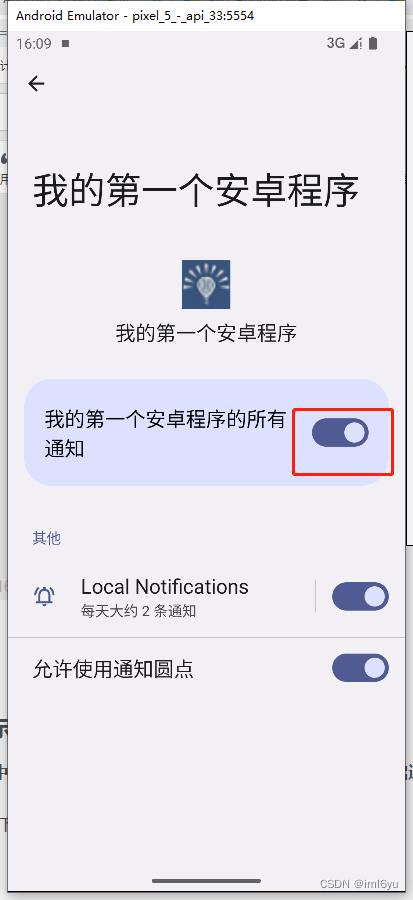
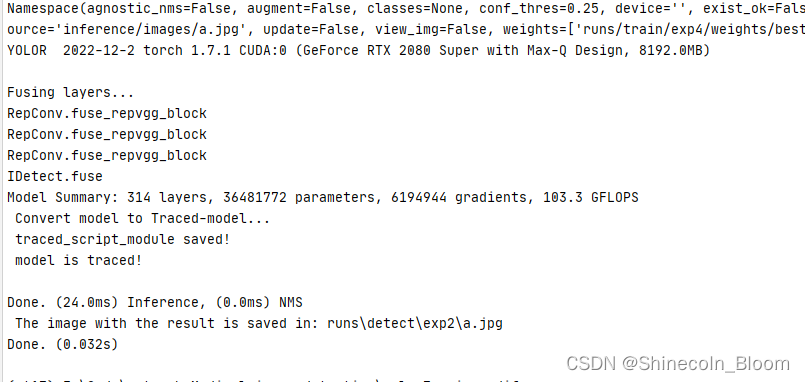
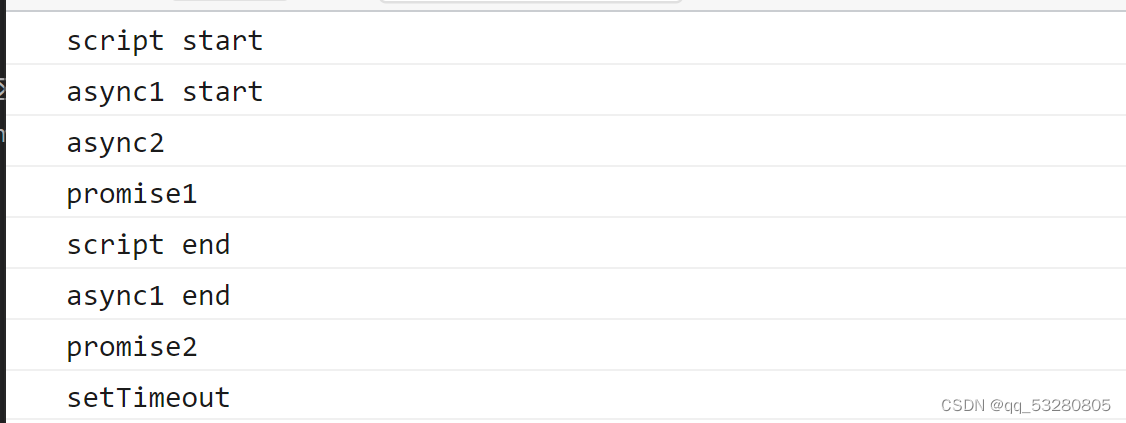

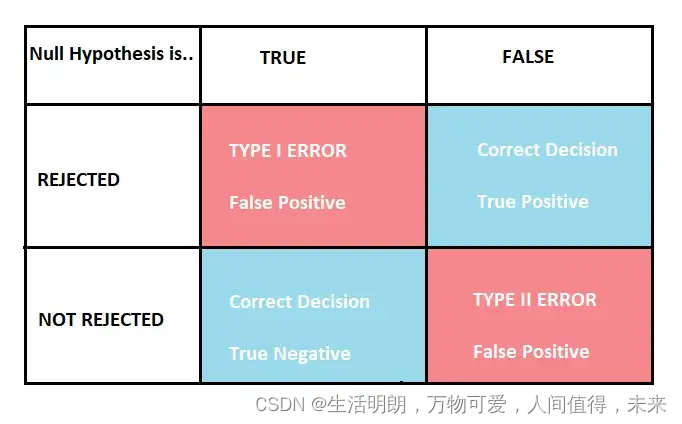

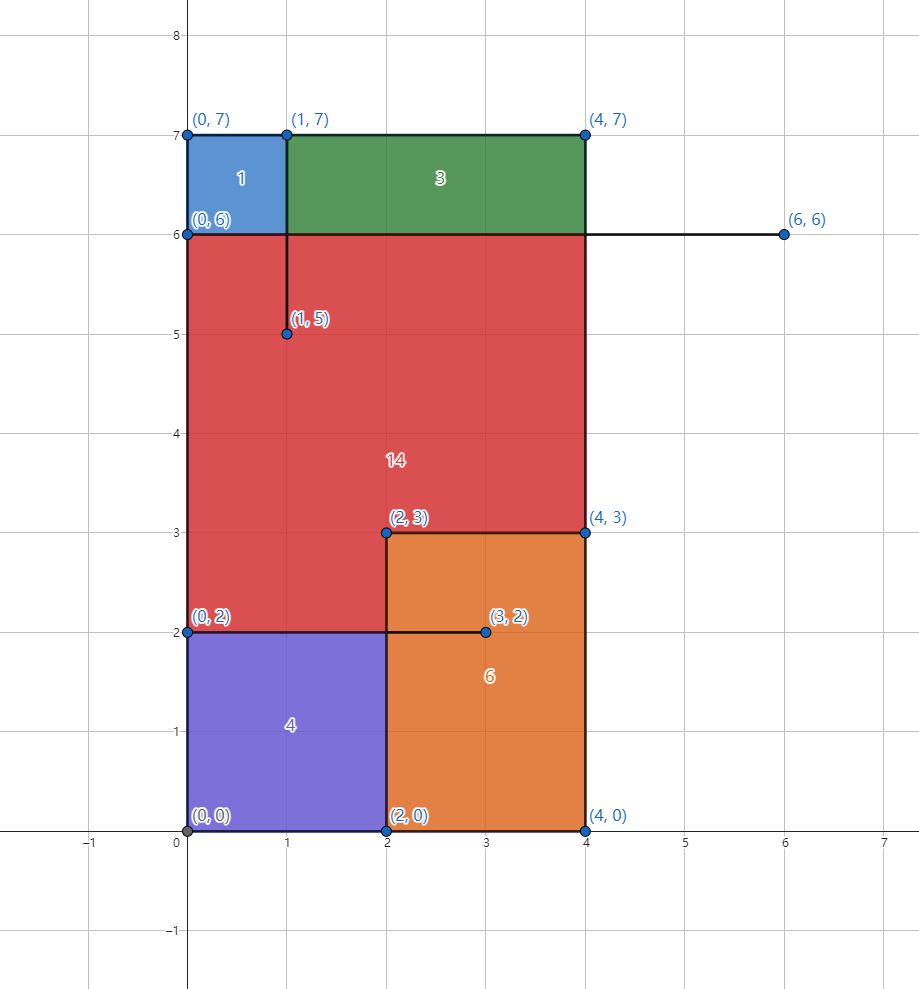





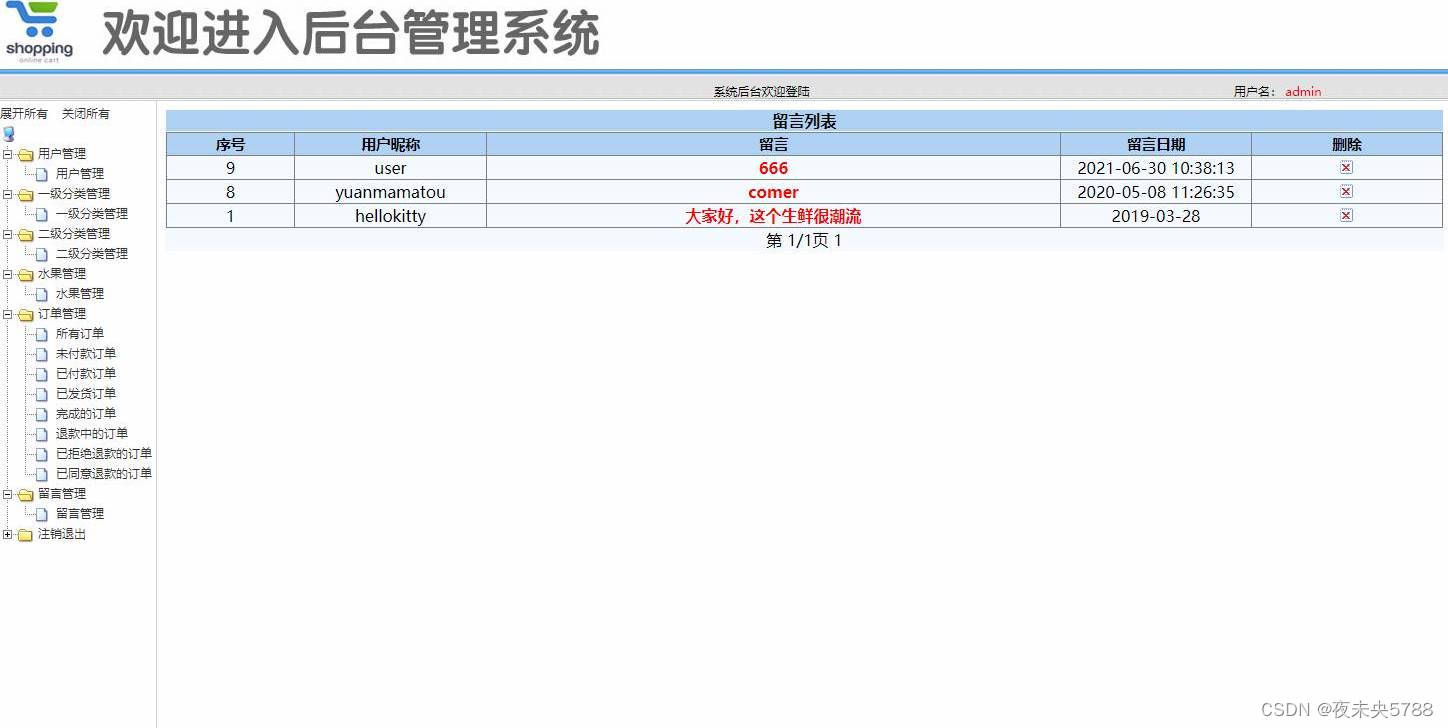
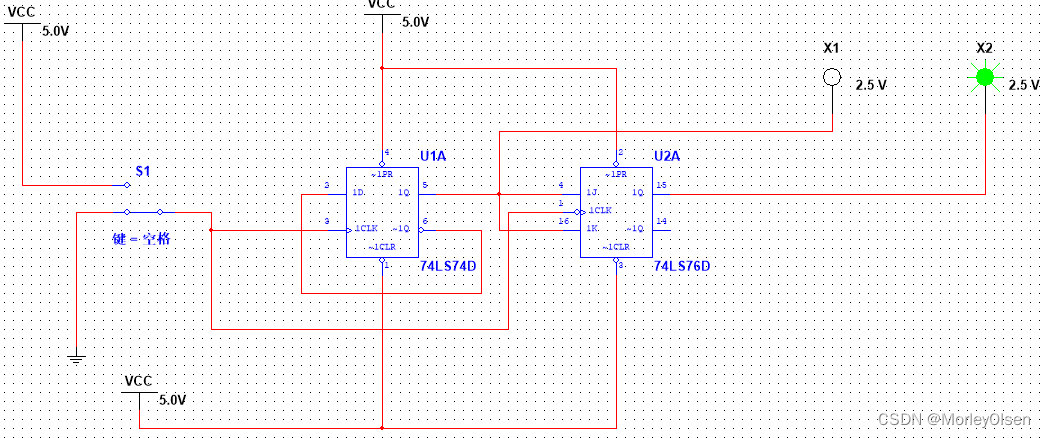
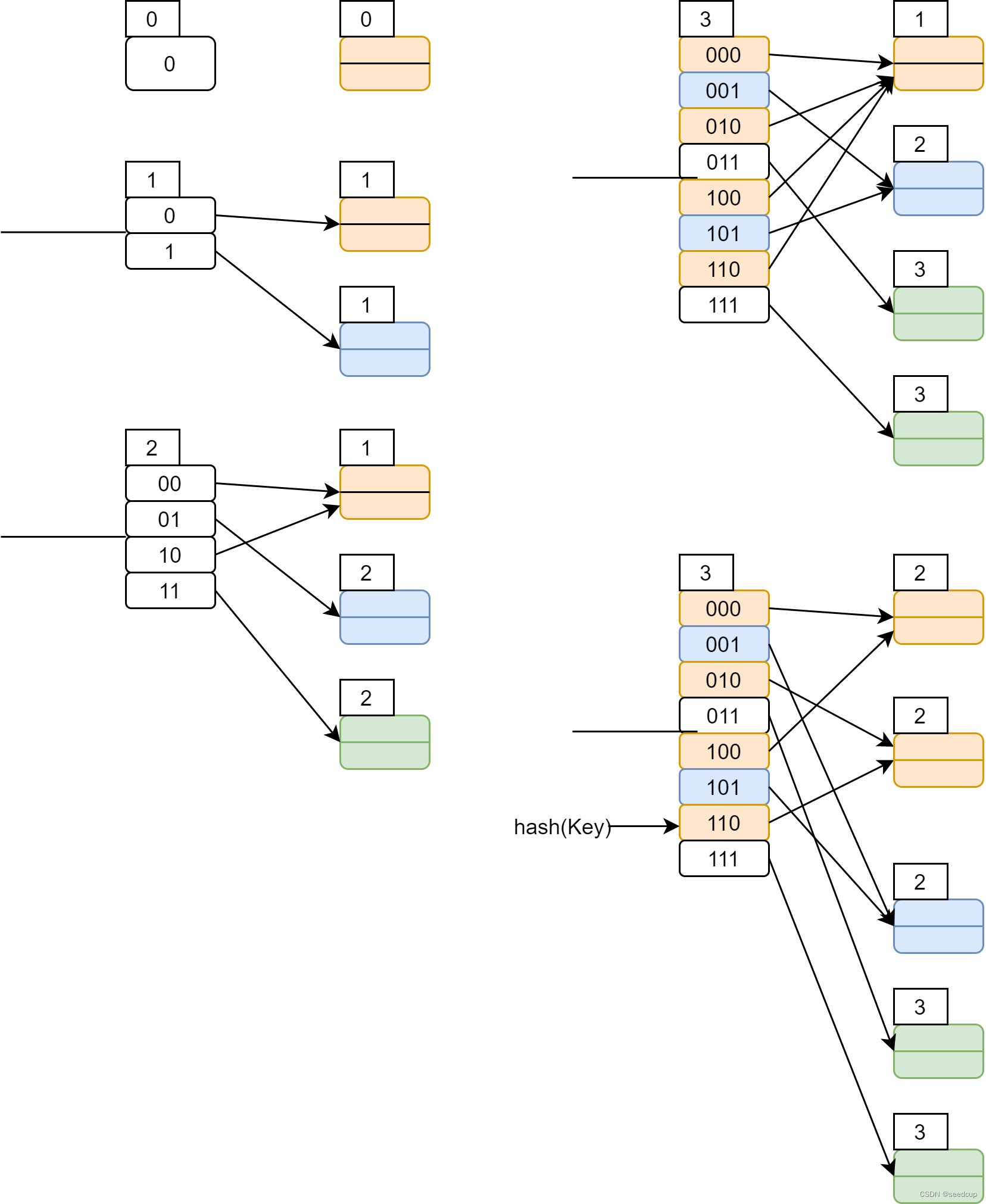


![[附源码]计算机毕业设计基于Java酒店管理系统Springboot程序](https://img-blog.csdnimg.cn/8b77efbf25c64a7fac9bd35a9e476171.png)
